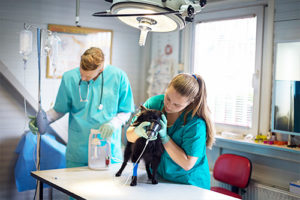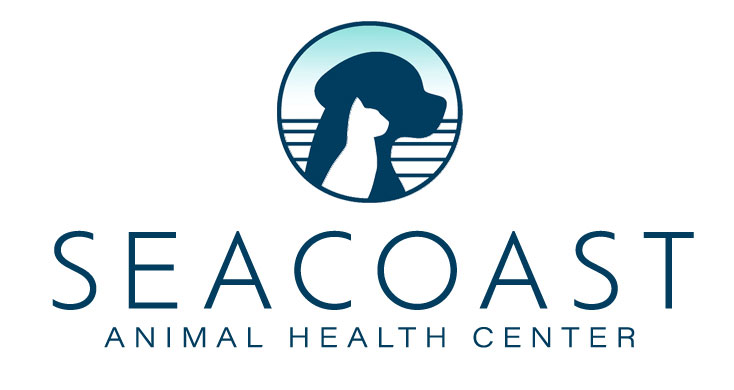
For some procedures, your pet will require general anesthesia to ensure they remain unconscious and free from pain. We understand that many pet owners have concerns about anesthesia, but rest assured—modern veterinary anesthesia is considered very safe, especially when proper precautions are taken. To minimize risk, we perform a thorough physical exam and pre-anesthetic bloodwork, which helps us evaluate organ function and detect any underlying health conditions. This testing is standard practice in veterinary medicine and ensures there are no medical reasons to delay the procedure or modify our choice of medications.
Prior to anesthesia, we administer a sedative to help your pet relax and reduce anxiety and discomfort. We then use an intravenous medication to induce anesthesia and place a breathing tube into the trachea to protect the airway and deliver a precise mixture of inhaled anesthetic gas and oxygen throughout the procedure.
During every anesthetic procedure, your pet is never left unattended. A dedicated veterinary technician or assistant is assigned solely to monitoring your pet’s vital signs—including heart rate, respiratory rate, blood pressure, oxygen levels, and temperature—from start to finish. Their only responsibility is to ensure your pet remains stable and comfortable throughout the entire process.
If you have any questions about anesthesia or your pet’s upcoming procedure, we’re here to discuss everything in detail during your consultation and help you feel confident about their care.

Contact Us
contactus@seacoastanimal.com
760-760-7973
Hours
Mon: 7:30 am – 5:30 pm
Tues: 7:30 am – 5:30 pm
Weds: Closed
Thurs: 7:30 am – 5:30 pm
Fri: 7:30 am – 5:30 pm
Sat/Sun: Closed
